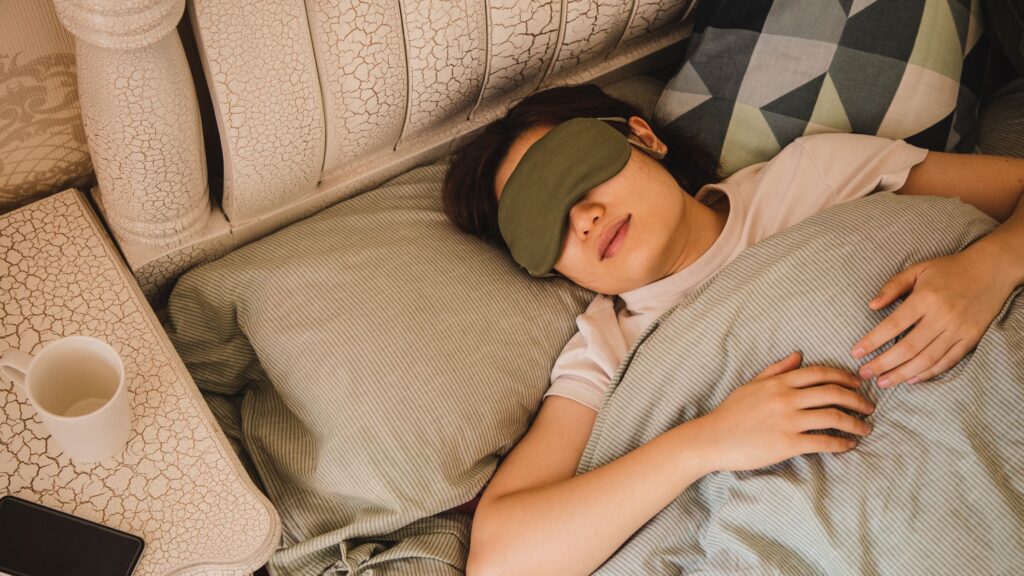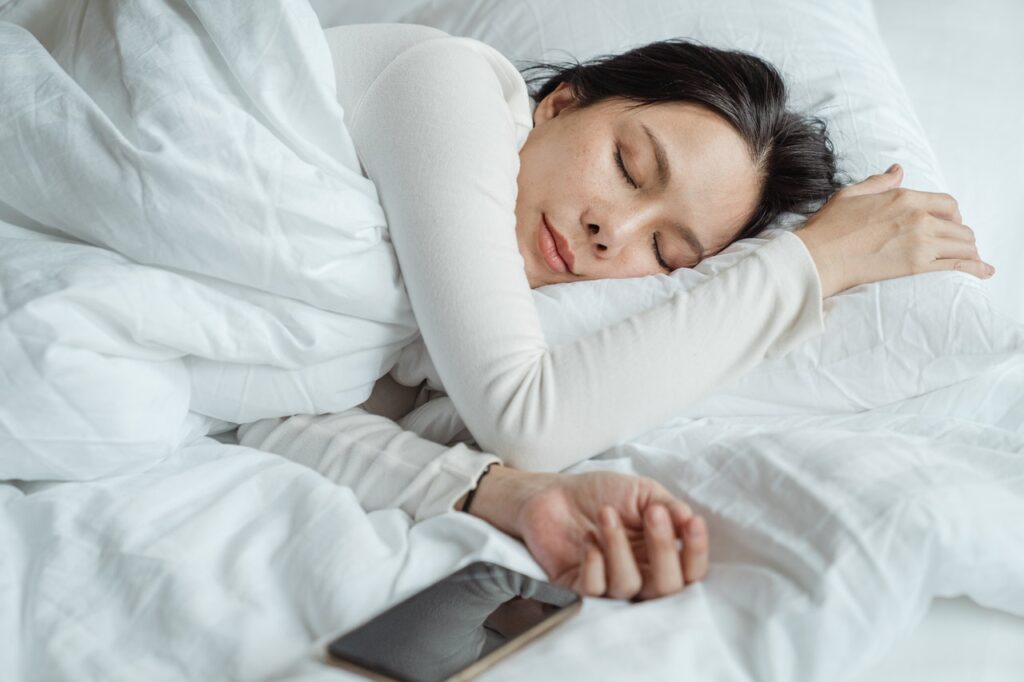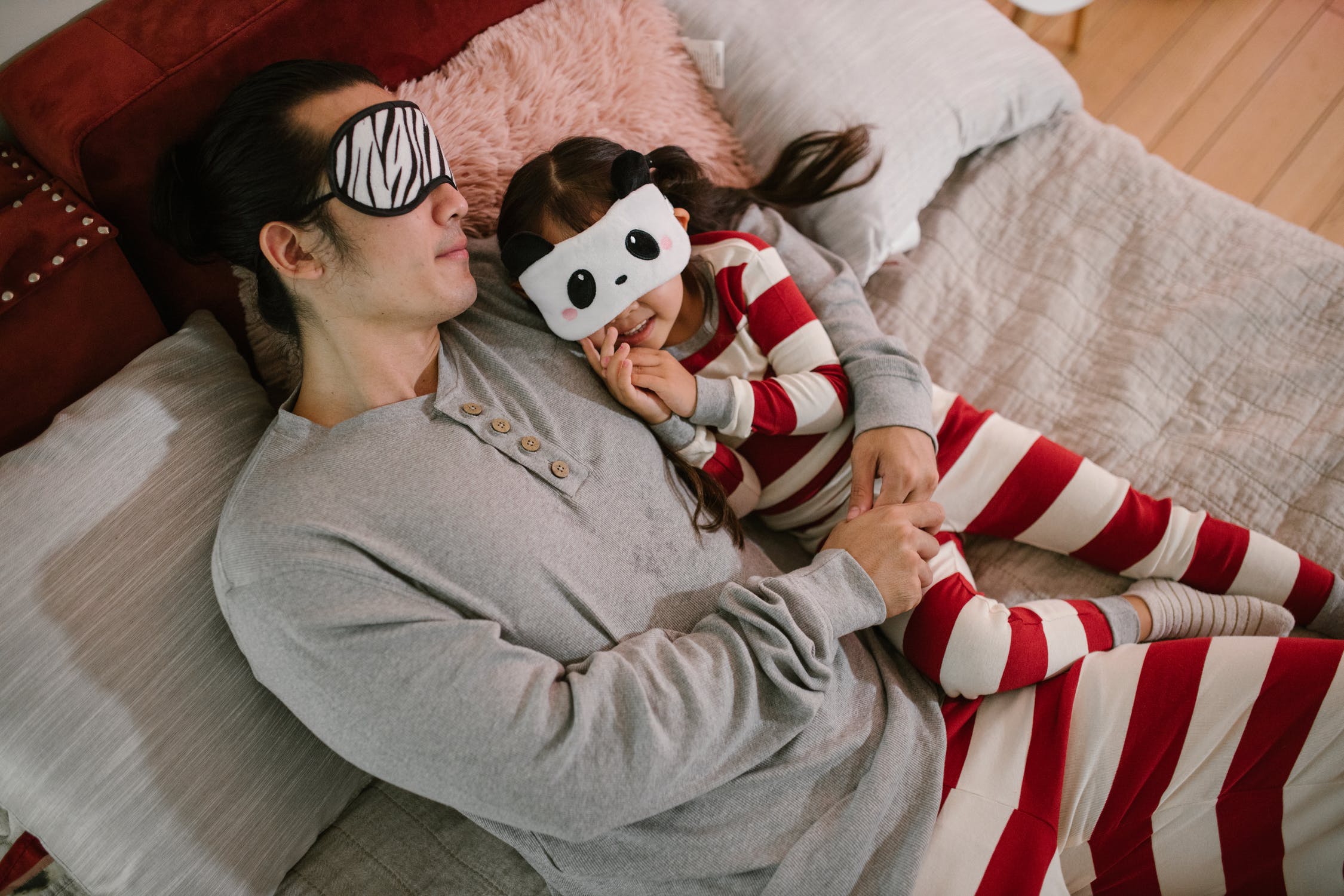It is only normal and prudent for a person who has just been diagnosed with sleep apnea to investigate the treatment choices that are the least intrusive (and the least expensive!).
This blog hopes to clear up any confusion you may have regarding the optimal sleeping position for people under sleep apnea treatment, as well as the most effective positions for preventing heartburn and GERD, and it will also instruct you regarding the positions that you should steer clear of for the sake of your overall quality of life.
Fun Fact! The foetal position is widely considered to be the most comfortable sleeping posture in every region of the world. The majority of people in our species sleep on their sides. It seems to be hardwired into our genetic makeup. Many of us eventually develop the ability to sleep on our stomachs or our backs (often referred to as the supine posture) (AKA the prone position).
What Is the Best Sleeping Position If You Have Sleep Apnea?
Because it helps to keep your airways free, sleeping on your side is the position that is recommended for the vast majority of apnea patients. According to research published in 2011 that is both high-quality and spot-on (OSA), those with moderate to severe obstructive sleep apnea may benefit from a reduction in their apnea-hypopnea index (AHI) if they sleep on their right side.

In addition to assisting with the identification of apnea, it may also assist with treating GERD (gastroesophageal reflux disease) and the treatment of periodic acid reflux. However, it is important to remember that sleeping on the right side may not be recommended for those with certain cardiac diseases. As a result, you should consult your doctor if sleeping on the left side suits you better. Always ensure that you maintain open lines of communication with all your different physicians and experts to confirm that you are acting in a manner that is optimal for your specific medical circumstance.
What Sleep Positions Should You Avoid If You Suffer from Sleep Apnea?
Back Sleeping
Snoring and apnea episodes may become more frequent when sleeping on one’s back. Why? Because gravity exerts a pushing force on your tongue and other soft tissues, drawing them ever-so-slightly back towards and even into the airway increases the likelihood that they may collapse. If you want to sleep in a position that allows you to breathe more easily as you do so, you should try anything other than lying on your back.
Sleeping on One’s Belly
While lying on one’s stomach may take advantage of gravity to help keep the throat clean, this posture may cause alignment issues that are detrimental to the neck and airways. From the perspective of your spine, your head is elevated by the pillow (which causes it to be pushed back from the perspective of your spine), and it is also rotated to the side.
Imagine keeping your head in that posture while standing and moving about during the day. To your untrained eye, it looks a little like a theatrical teenage head-and-eye roll. You’re not going to get a decent night’s sleep doing that, and you’re inviting more neck pain into your life than even the snarkiest 15-year-old can give out!
What exactly does positional therapy entail?
Training oneself to sleep in a medically healthy posture for your individual mix of contributing circumstances is an essential component of positional treatment. It is done by altering your body posture to get the optimum effect for your unique medical conditions, ranging from obstructive sleep apnea (OSA) to lower back discomfort, neck pain, and shoulder pain. It can even help pregnant women sleep a bit better.

Altering one’s sleeping posture can effectively treat obstructive sleep apnea (OSA) since it alters blood flow, airflow, and sleep quality. This, in and of itself, can be considered a treatment for sleep apnea.
Although positional therapy can potentially lower your apnea-hypopnea index (which measures how severe your OSA is), it is highly unlikely that this alone would cure your OSA. Those who suffer from moderate to severe obstructive sleep apnea are most susceptible to this condition.
This treatment can be as straightforward as making it difficult for the patient to sleep on their back by placing tennis balls in their waistbands (Princess and the Pea-style.) It is also possible to make it more complex by using belt-on cushions, such as the Sleep Noodle or other body pillows that help hold you up when you are sleeping on your side. Another useful tool is the Philips Nightbalance, which alerts you with a vibration if you roll onto your back and warns you not to stay in that position for too long.
In Conclusion
Sleep apnea is a serious medical condition that can have serious consequences. If you or a loved one are experiencing sleep apnea symptoms, be careful to visit your doctor about the potential of testing with a sleep study (you can even complete OSA sleep studies at home!). If it turns out that your suspicion was correct, the medical staff at your facility can review the many treatment choices available.
Your doctors may suggest positional therapy as a treatment for sleep apnea; however, they will most likely prescribe it in conjunction with another treatment, such as using a CPAP machine to increase airflow. Confronting obstructive sleep apnea front-on can have substantial health advantages for your cardiovascular system, including a significant reduction in the risk of heart failure.
From continuous positive airway pressure (CPAP) to positional treatment, CPAPsupplies.com provides everything you want to have a more restful night’s sleep. You can depend on us to provide you with experienced guidance regarding the supplies and accessories that will assist you in training and maintaining the ideal sleeping position for sleep apnea and in locating the high-quality gear you want for CPAP therapy!

